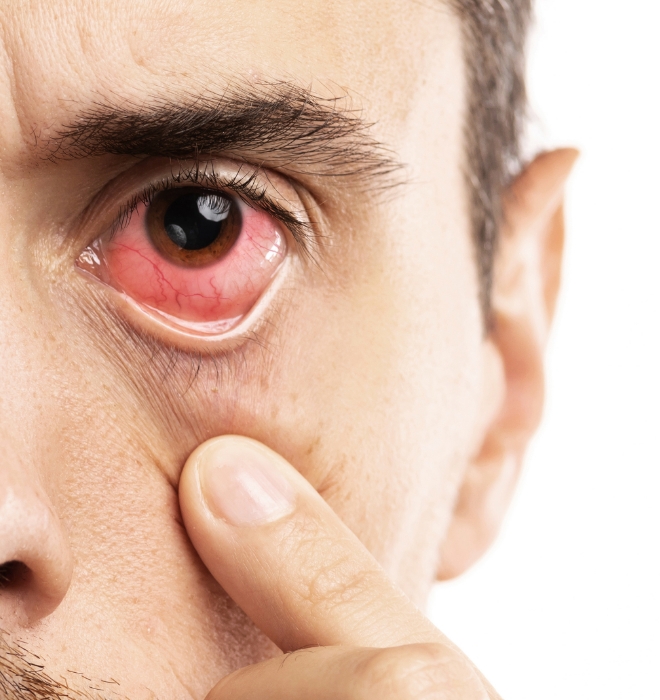Service & Facility
Service & Facility
Diabetic Retinopathy

Diabetic retinopathy is a retinal problem that affects people with high blood sugar. If your blood sugar routinely reaches unhealthy levels, the blood vessels in your eyes may become damaged, abnormal blood vessels may grow, and scar tissue may form, damaging your retina and your eyesight. This condition is known as diabetic retinopathy and is one of the leading causes of blindness.
Symptoms
At first, you may not have symptoms or they may be mild. As the disease progresses, you may experience:
- Spots or dark strings floating in your vision (floaters)
- Blurred vision
- Fluctuating vision
- Impaired color vision
- Dark or empty areas in your vision
- Vision loss

Tests
Comprehensive Eye Exam: During your exam, your eye care professional dilates your eyes and evaluates your vision for several factors. If necessary, additional tests/procedures may be used to confirm your diagnosis.
- Fluorescein Angiography: This test helps your doctor see changes in the structure or function of your retinal blood vessels. A fluorescent yellow dye is injected into a vein, and your retina is photographed as the dye outlines your blood vessels.
- Indocyanine Green Angiography (ICG): This test uses an injectable dye and special cameras to find blood circulation issues in the choroid, a layer of blood vessels under the retina.
Optical Coherence Tomography (OCT): This imaging technique provides cross-sectional views of your retina to detect abnormal swelling.
Ultrasound Imaging: This safe and painless test uses high-frequency sound waves to produce detailed images of the inside of your eye, helping identify retinal damage.
Treatments
Focal Laser Treatment: Also known as photocoagulation, this treatment stops or slows blood flow from leaking inside the eye through the use of a laser, helping to prevent further vision loss.
Scatter Laser Treatment: Also called panretinal photocoagulation, this treatment uses a laser to destroy damaged retinal tissue, preventing the formation of abnormal blood vessels and scar tissue that could lead to vision loss. It is most effective in the early stages of the condition and is performed as an outpatient procedure without general anesthesia.
Pharmacologic Therapies: Medications directly applied to the eye have shown promise in treating certain forms of diabetic retinopathy.
Vitrectomy: In severe cases, a vitrectomy may be performed. This surgical procedure involves making small incisions in the eye, removing abnormal blood or scar tissue, and administering laser treatment or medication into the eye to address the condition.
Raising awareness about diabetic retinopathy, its symptoms, and available treatments is crucial in managing the condition and preserving vision. Regular eye exams, blood sugar control, and blood pressure management are essential for individuals with diabetes to prevent and monitor diabetic retinopathy.
